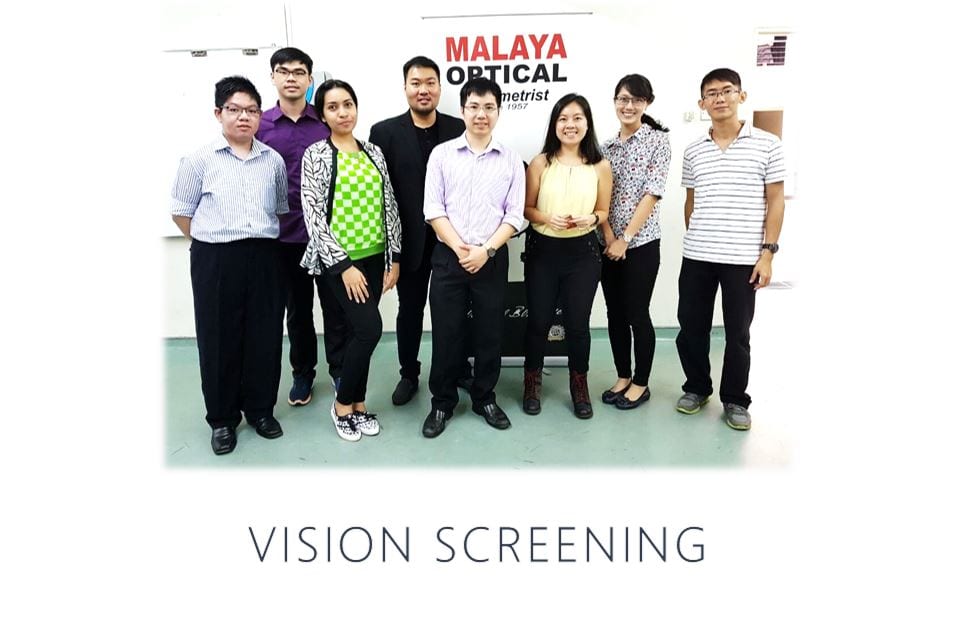Children Eye Screening
Children Eye Screening
According to the American Public Health Association, about 10% of preschoolers have eye or vision problems. However, children this age generally will not voice complaints about their eyes.
Children rarely complain about their sight, but often show there may be a problem with their vision through their behavior. This can include sitting too close to the TV, rubbing their eyes a lot, holding objects very close to their face, blinking a lot, or one eye turning either in or out.
Parents should watch for signs that may indicate a vision problem, including:
- Sitting close to the TV or holding a book too close
- Squinting
- Tilting their head
- Frequently rubbing their eyes
- Short attention span for the child’s age
- Turning of an eye in or out
- Sensitivity to light
- Difficulty with eye-hand-body coordination when playing ball or bike riding
- Avoiding coloring activities, puzzles and other detailed activities
Vision screening is an efficient and cost-effective method to identify children with visual impairment or eye conditions that are likely to lead to vision loss so that a referral can be made to an appropriate eye care professional for further evaluation and treatment.
It is essential to check children’s vision when they are first born and again during infancy, preschool and school years. Screening can be performed by a health care provider. It is also often offered at schools, community health centers or community events.
The main goal of vision screening is to identify children who have or are at risk of developing amblyopia, which can lead to permanent visual impairment unless treated in early childhood. Other problems that can be detected by vision screening include strabismus (eye misalignment), cataracts, glaucoma, ptosis (drooping eyelid), refractive errors such as myopia (“nearsightedness”), hyperopia (“farsightedness”) and astigmatism, and other more serious conditions such as tumors or neurological diseases.
Vision screening is most effective when performed periodically throughout childhood. The earlier a problem is detected, the better the chance to obtain maximal vision through appropriate treatment.
Visit Malaya Optical to find out more!









